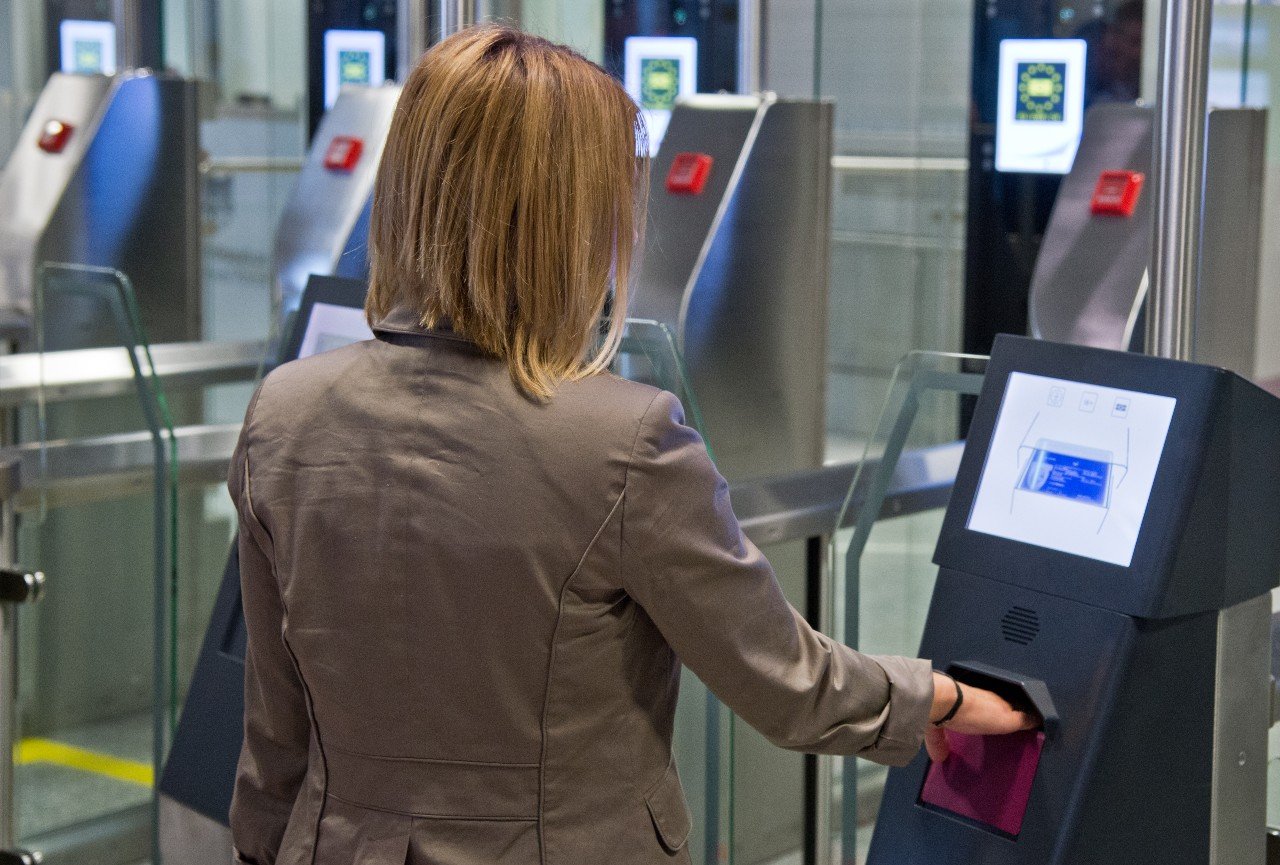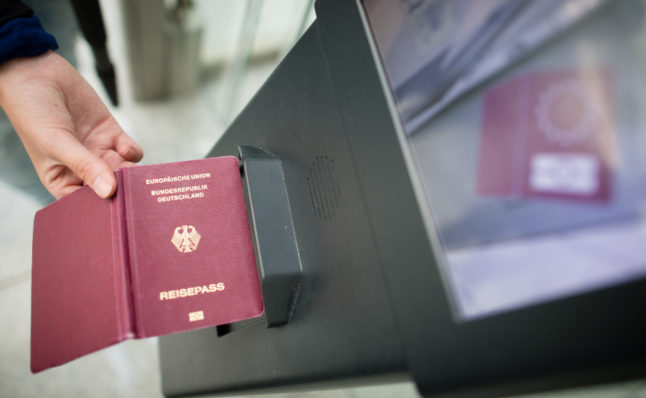Those of us who come from non-EU countries – including Brits after Brexit – will be very familiar with the sinking feeling you get when you see the queue at passport control snaking around the corridor and down the hall.
After a long journey, all you want to do is get back home as quickly as possible, but as you stand in line with all the internationals at the “All Passports” section, the idea of making the next train into the city may seem like a distant dream.
As you stare enviously at the Germans whizzing through the automated passport gates, you may wonder if that’s an option for you -´but is it worth risking your place in the queue to try it out? It may well be – providing you fulfil certain criteria.
Who can use the EASYPass e-gates?
As you may assume, anyone with a valid EU passport is able to use the e-gates – provided they are over the age of 12. That means that, alongside Germans, travellers from any of the EU’s 27 member states can take advantage of the automated EasyPass system, regardless of whether they live in Germany.
This doesn’t just apply to full members of the EU, however: it also includes countries in the European Economic Area (EEA), who also have free movement rights in Europe. That applies to citizens of Iceland, Norway and Lichtenstein.
READ ALSO: EXPLAINED: How to prove you’re a resident in Germany
In addition, people from Switzerland can get an expedited trip through passport control via the e-gates.
According to the website of the Federal Police, the following non-EU and non-EEA residents can also use the EasyPass gates:
- People with a German residence permit or long-term visa who also have a valid electronic passport (over the age of 12)
- People aged 18 and over from with a passport from the USA, Taiwan, South Korea or Hong Kong who are registered for the EasyPass RTP system
What kind of residence permits are accepted?
In general, any electronic residence permit with the e-ID symbol (pictured below) should be valid for the airport e-gates.

This includes:
- Ordinary residence permits (Aufenthaltserlaubnis)
- Permanent residence permits (Daueraufenthaltskarte and Erlaubnis zum Daueraufenthalt EU, Niederlassungserlaubnis)
- Permits for spouses of EU citizens (Aufenthaltskarte für Familienangehörige von Unionsbürgern)
- EU Blue Cards
- ICT cards
- Post-Brexit residence permits (Aufenthaltstitel-GB)
How does it all work?
When you arrive at border control, you should see a set of electronic passport gates next to the ordinary passport control booths. Simply take your passport out and place the photo page face-down on the scanners.
Be sure to look at the camera so that your image can be recorded and compared with the biometric photo on the system.

If everything works as it should, there should be no need to present your residence permit. After confirming your identity, the gates should open and allow you to stroll on through.
What if it doesn’t let me through?
If the e-gates don’t work for you, there could be a few different reasons for that. Firstly, the facial recognition won’t work if you’re covering your face or head in anyway, so hair coverings, headscarves, sunglasses and face masks should be taken off beforehand.
Assuming you’ve done this – and you’re over the age of 12 – you should check that your electronic passport and residence permit are both still valid for travel. Remember: only your passport needs to be scanned at the e-gates, so don’t try and use the residence permit itself!
Visas are also only valid for exiting the country rather than re-entering, so visa-holders will be unable to use the EasyPass gates on arrival in Germany. Residence permit holders, on the other hand, should be able to use the gates in both directions.
If you’ve checked all the above and it still doesn’t work, you may want to be in touch with your local immigration office to ensure that your personal data, your current electronic passport and your current residence title or visa have all been entered correctly in the Central Register of Foreigners.
Another potential issue is that the chip in your electronic passport may not be readable in Germany or you may not have a biometric photo stored on the system.
READ ALSO: What is Germany’s electronic ID card and how do you use it?
Is there anything I should do beforehand?
Anyone travelling on a US, Hong Kong, Taiwanese or South Korean passport who wants to use EasyPass RTP system should be sure to register in person at one of the police service points at German airports beforehand.
For holders of electronic residence permits, it may also be worth activating the e-ID function at your local immigration office and ensuring all the information on the system is fully up to date before you travel.
The Local has written to the Federal Police at Frankfurt Airport for clarification on whether the electronic function needs to be activated before travel. We’ll update you as soon as we hear back.



 Please whitelist us to continue reading.
Please whitelist us to continue reading.
Anyone travelling on a US, Hong Kong, Taiwanese or South Korean passport who wants to use EasyPass RTP system should be sure to register online beforehand.
It has to be done in person at an office for all of these nationalities except South Koreans.
Thank you for the information! We’ll correct that.
Thanks! As a UK Passport holder resident in DE, I am blocked by British Airways from leaving the UK unless I show my Aufenthaltstitel. BA wrongly believe a German Residency Card is a “Travel Document” that MUST be shown under the Terms of Carriage. Worst case, my UK passport gets stamped. By denying me Airside access w/o Check-in, I lose my Rights as a UK Passport Holder. This proves my case i.e no need to show my Aufenthaltstitel at Border Control, because I can now use e-Passport Gates.
Great to hear this and many thanks for sharing.
Often wondered why EU passport holders could freely use the egates when entering UK and couldn’t understand why it wasn’t reciprocated especially for UK passport holders with German residency (Aufenthaltstitel-GB) when returning to Germany.
EasyPASS-RTP participants in particular must proceed to the control desk after eGate and obtain a stamp on their passport.
From easypass.de:
“Then proceed to the border control desk directly behind the eGates. You will be briefly questioned again there and receive your entry or exit stamp. After that, the border control process is complete.”
Some border guards may not be fully aware of the RTP-specific stamping requirement. One had to proactively seek a stamp to avoid any misunderstanding later.
The ePassport Gates for non-EU citizens at Terminal 2 Frankfurt airport always seem to be closed.